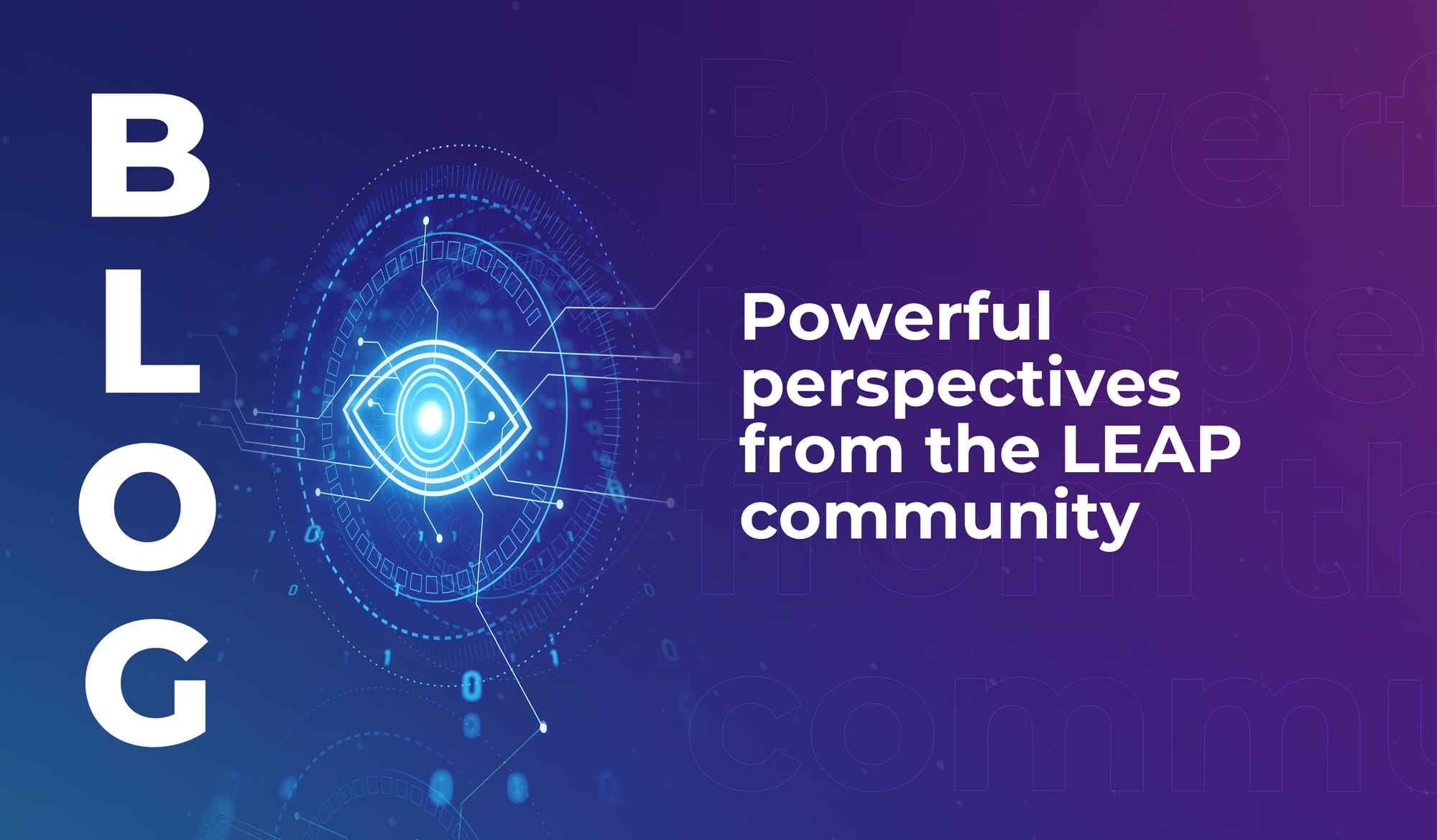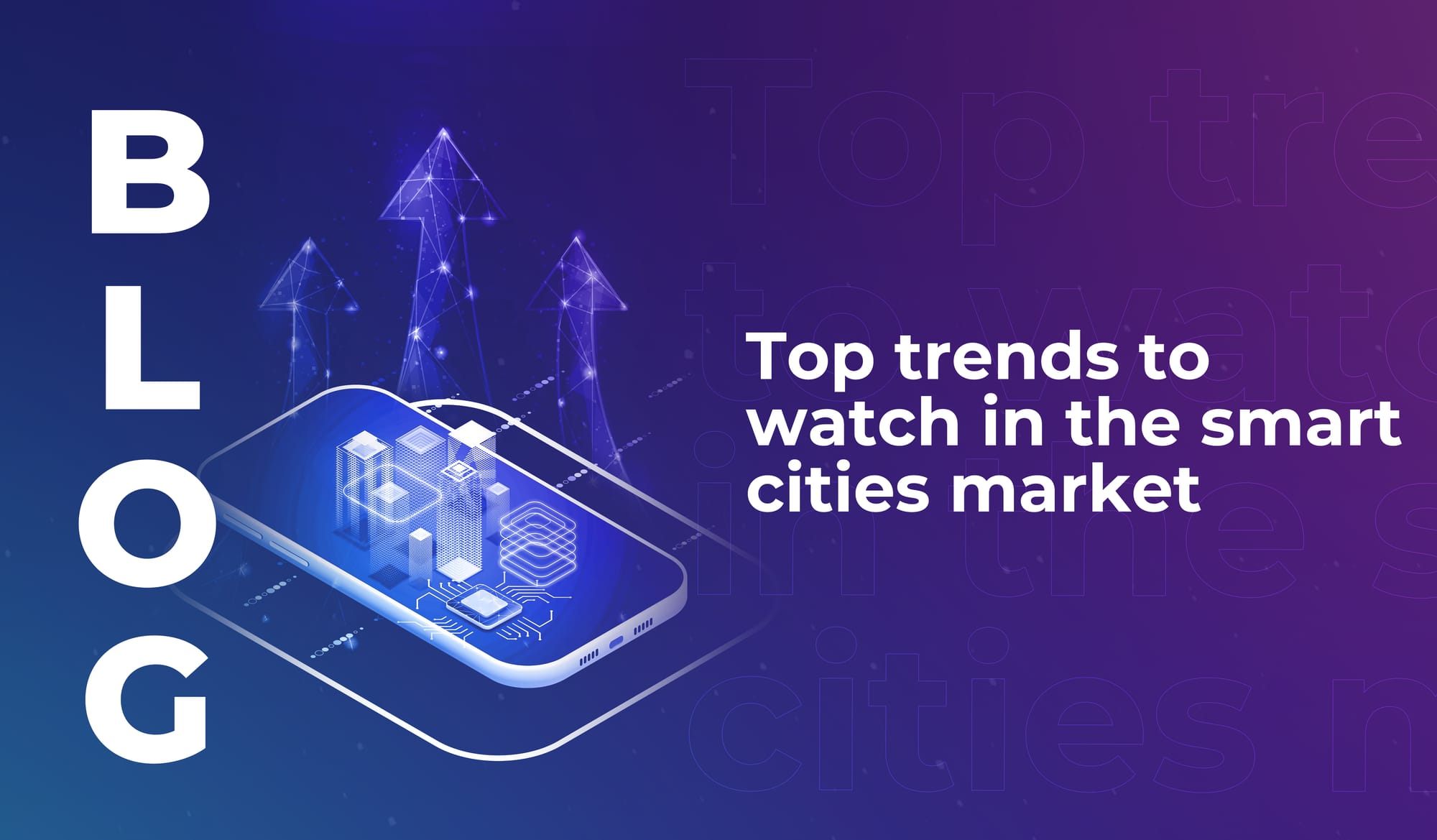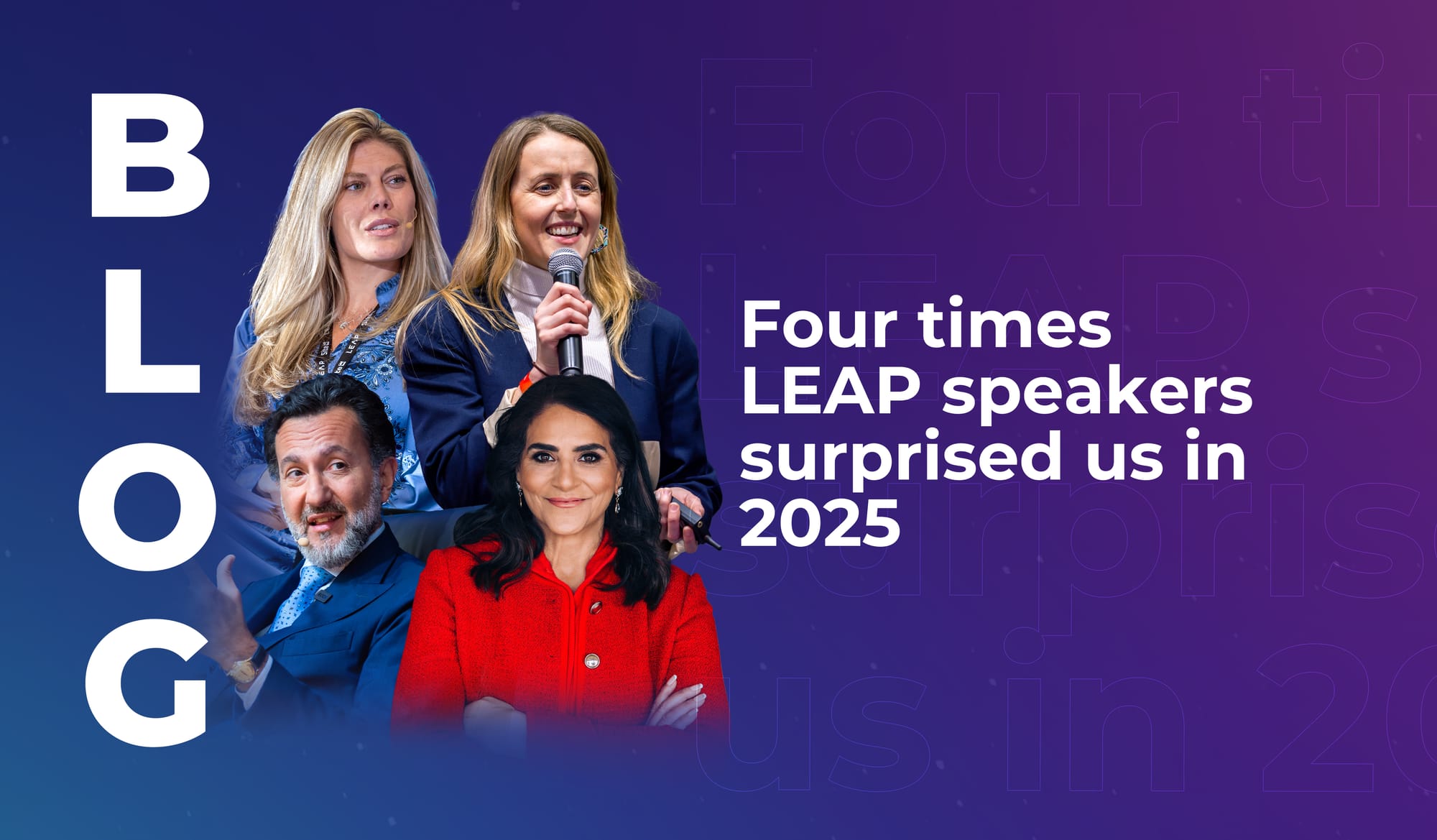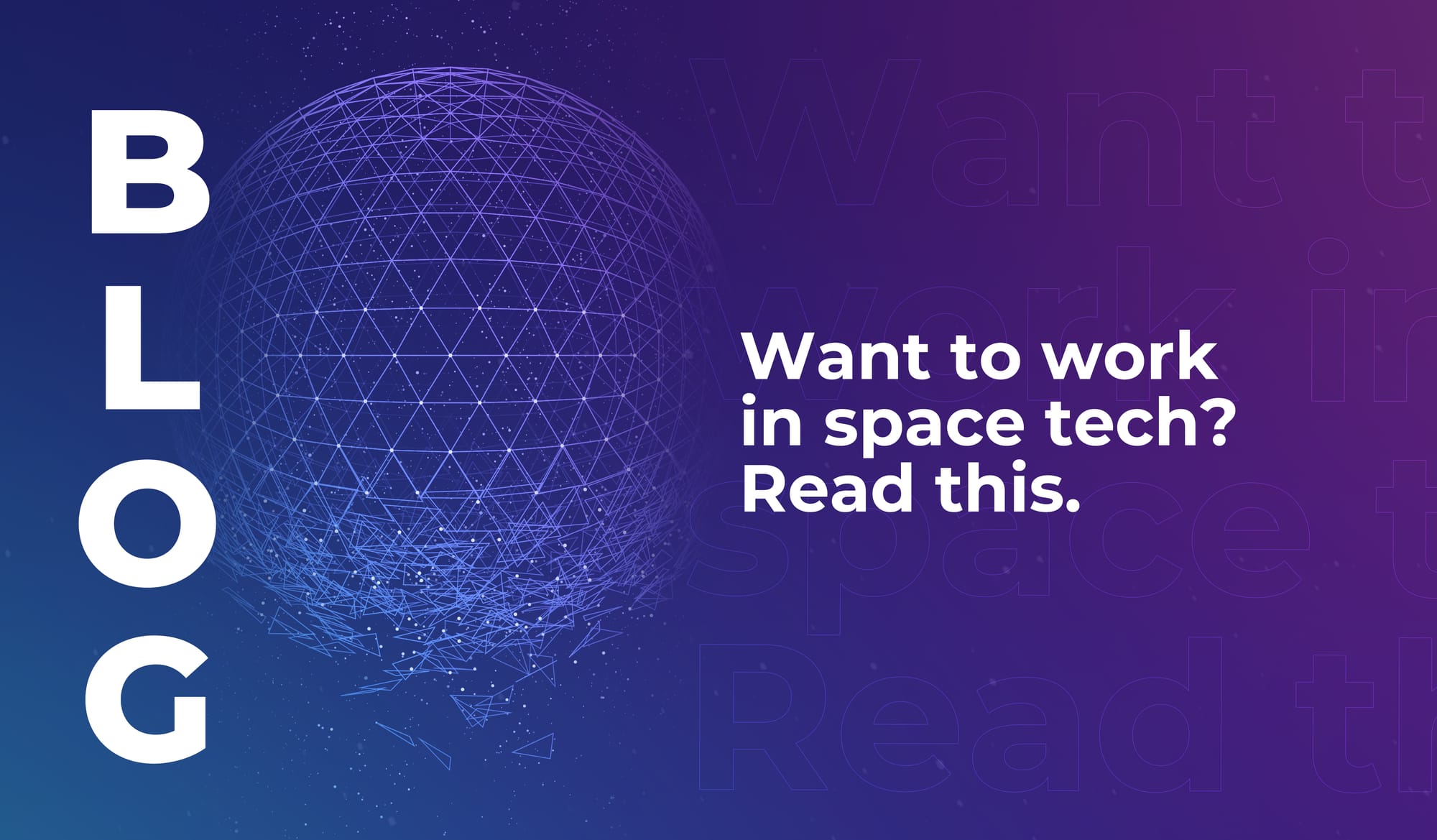
Powerful perspectives from the LEAP community
Discover four powerful perspectives from LEAP 2025 speakers on creativity, clean mobility, education, and personal branding to guide your strategy for 2026.


You know that smart cities are evolving fast. But what’s actually driving this transformation? A new report from Research and Markets (R&M) shines a light on just how fast the smart cities market is growing.
Here’s our quick look at eight key insights from that report – and why they matter for the towns and cities of tomorrow.
The global smart cities market was worth around USD $877.6 million in 2024. It’s projected to surge to $3.75 billion by 2030 – that’s an impressive 29.4% CAGR. Of course, at LEAP we’re always careful to look behind those head-turning headline figures; and there are nuanced shifts in regional priorities and sector-specific growth.
Fuelled by strong government initiatives in countries including (but not limited to) India, Germany, Canada, Japan and Australia, cities are investing in:
Local authorities are realising that interconnected, data-driven urban systems offer significant gains in efficiency, sustainability, and quality of living – so they’re directing resources towards smart city improvements.
The report shines a spotlight on specific segments performing particularly well:
Electric vehicles are here to stay – and cities are adjusting accordingly. The market inclusion of EV charging stations and associated energy‑storage systems creates new value streams from utilised batteries, and plays into the broader ecosystem of smart utilities.
Asia-Pacific is very much setting the pace. Forecasts indicate the regional market will grow at a 29.2% CAGR – powered by rapid digitalisation and smartphone penetration.
A separate Research and Markets report from May 2025 notes growth from USD $468.7 billion in 2024 to $516.4 billion by 2025, with further climb to $826.1 billion by 2030 (that’s a CAGR of 9.9%).
The complexity (and cost) of building smart city systems means cities are increasingly relying on public/private partnerships, and working with big tech to establish the infrastructure they need.
This new R&M report names heavyweights like Cisco, Microsoft, IBM, Huawei, Honeywell, Schneider Electric, Siemens, Hitachi, General Electric, NEC, UrbanFootprint and Quantela among the companies leading the charge.
The digital foundations of smart cities are shifting. In 2024, cloud deployment dominated – accounting for 62.1% of market value, and forecast to sustain a 21.1% CAGR until 2030.
5G networks, particularly private-block spectrum deployments, are gaining traction in North American cities for ultra-low latency and real-time analytics. And fog networking (localised edge computing) boosts IoT responsiveness and data sovereignty, growing at around 42.9% CAGR, and projected to hit $3.6 billion by 2030.
Hardware still commands a large share of the market – about 42.5% in 2024. But the services segment, including integration, ongoing security, and managed platforms, is expanding faster at around 19.7% CAGR – showing there’s new demand for turnkey solutions.
City planners and public officials should note that smart city development is accelerating, and early movers investing in environmental tech, intelligent mobility and cloud-native infrastructure stand to win.
Tech providers and startups can take courage from the data that shows there’s room to innovate in high-growth verticals (like smart lighting, waste, and traffic systems); and take note of the increased demand for managed services and secure, integrated platforms.
The smart cities market isn’t a futuristic fantasy. It’s a multi‑billion‑dollar reality, with double-digit growth across key sectors. As governments partner with big tech, the focus is shifting from pilot schemes to full-scale, citizen-centric rollouts.
If you're building solutions in this space, it’s time to double down on sustainability, citizen services, and cutting-edge infrastructure like cloud‑native platforms and edge computing. Smart systems are in demand; and opportunities to innovate are colliding with strategies to improve urban life.

Discover four powerful perspectives from LEAP 2025 speakers on creativity, clean mobility, education, and personal branding to guide your strategy for 2026.

Discover four unexpected insights from LEAP speakers – on tech, leadership, investment, and innovation – that challenge assumptions and inspire new ways of thinking.

The global space sector is hiring faster than universities can produce graduates. If you’re an early-career technologist considering a career in space, this is for you.

Discover four powerful perspectives from LEAP 2025 speakers on creativity, clean mobility, education, and personal branding to guide your strategy for 2026.

Discover four unexpected insights from LEAP speakers – on tech, leadership, investment, and innovation – that challenge assumptions and inspire new ways of thinking.

The global space sector is hiring faster than universities can produce graduates. If you’re an early-career technologist considering a career in space, this is for you.